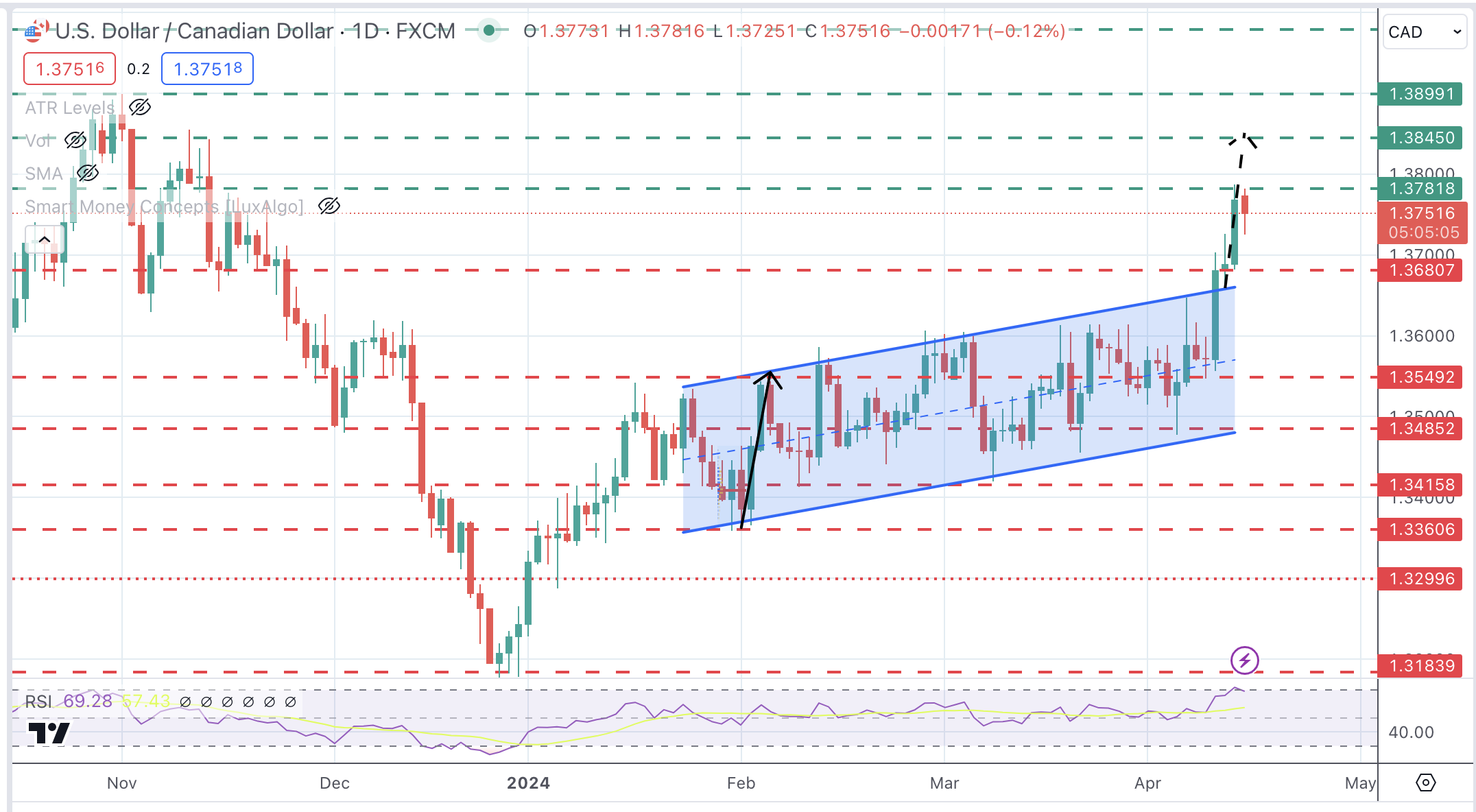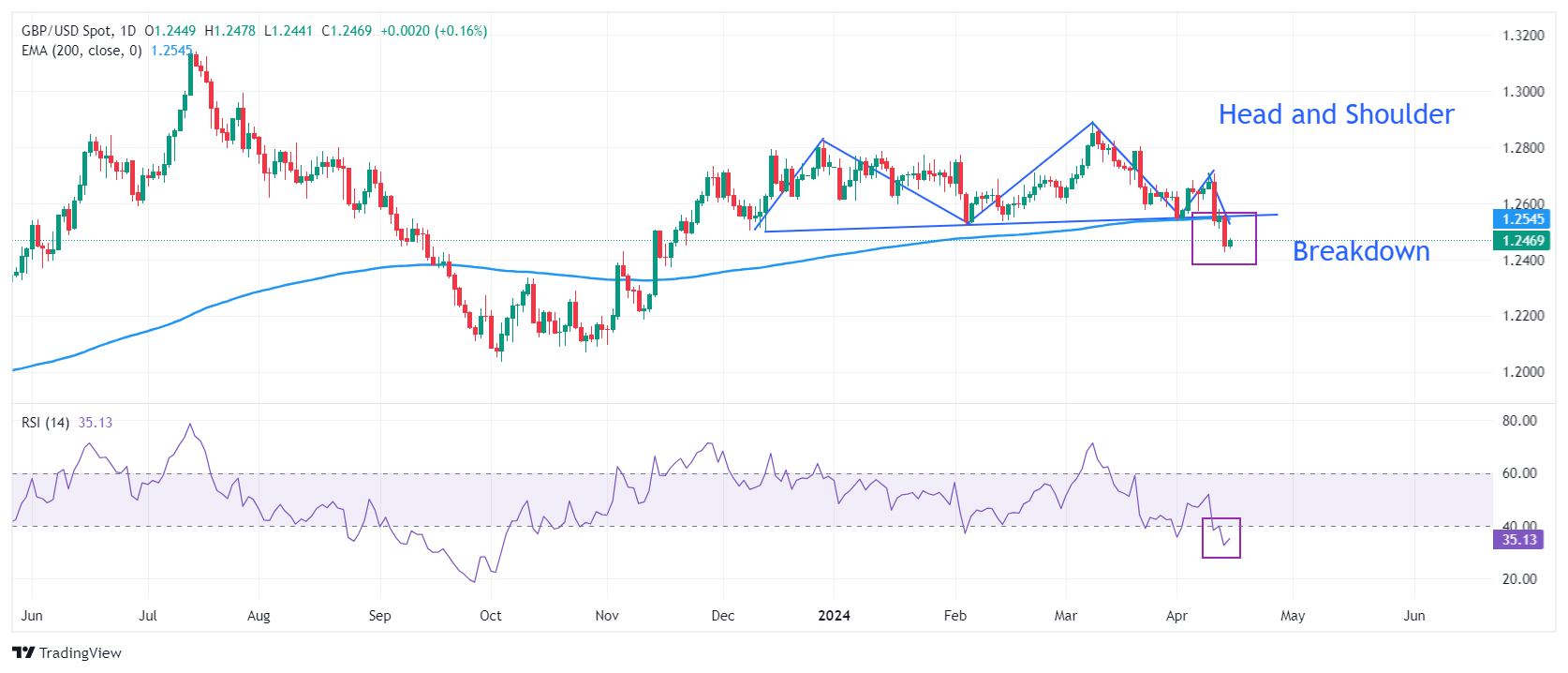In this discussion with Farro, Brian Nick the Chief Investment Strategist at Nuveen and Keith Parker, head of US equity strategy at UBS, I try to make the case that weak growth is a late 2018 story. The 2019 story is the adjustment of policy. The Fed has long anticipated reducing the pace of hikes this year after four last year. A pause had been foretold. And press conferences after every FOMC meeting, as other major central banks do, give the Fed more flexibility. After all, since the crisis, it has only changed rates at meetings followed by a press conference.
The US economy has slowed, and even if the US government shutdown and poor weather sap growth in Q1, a recession is still not the most likely scenario. And we will likely learn next week with the retail sales report, household consumption is being fueled by the strong labor market and gradual wage increases. China, the world’s biggest economy, has slowed, but it is announcing stimulative measures nearly every day. It is determined to avoid a hard landing. If one is told not to fight the Fed, does fighting the Chinese Communist Party and the People’s Bank of China make more sense?
European growth is weak. Italy’s growth habitually disappoints. The real worrisome development was Germany, which was hobbled by two things. First, is its own auto sector and the emission changes. The latest data suggests the worst is behind it and a recovery appears to have already begun, looking at the recent factory orders report. Second, is the slowdown in China. This is part of the problem with export-oriented growth. One services another’s aggregate demand, and when that demand slackens, the exporter is squeezed.
Although the market does not think it is likely, many economists still look for a Fed rate hike in H2. Our call for a hike in June/July period is a little aggressive but not by much. The ECB is likely to provide new long-term refinance loans to member banks. We anticipate this to be a Q2 event, though, at next month’s ECB meeting, Draghi may offer more hints that it is coming.
The euro has been largely confined to a $1.13-$1.15 trading range. It has pushed higher, and the cottage industry offers a narrative of why it is rational and justified. It has pushed lower, and the cottage industry offers a compelling explanation citing macro factors. Instead, I suggest it is in range, and participants need new incentives. There are several “games” approaching brinks, like trade, Brexit, and US government spending authorization/debt ceiling. This suggests the euro may soon break from its range and given the divergence that we think is still operative, we favor the downside.
Full story here Are you the author? Previous post See more for Next postTags: #USD,$EUR,Cool Video,newsletter,SPX

























